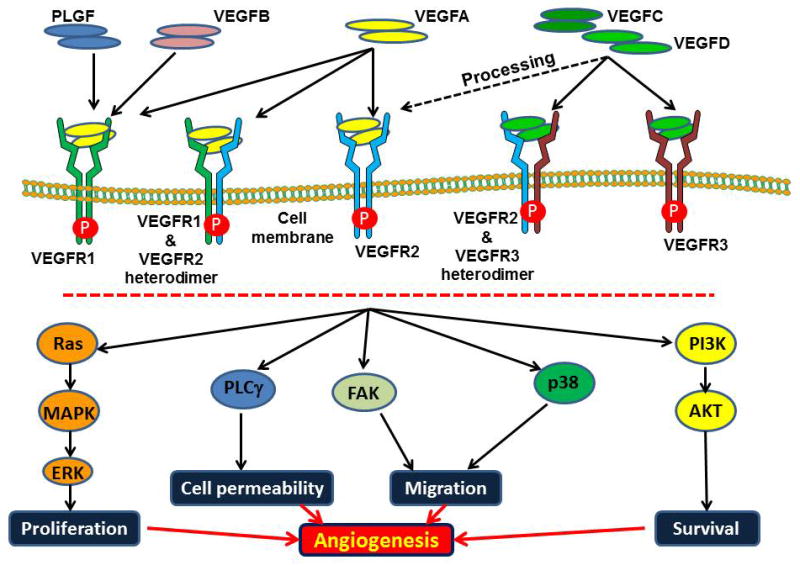Fig. 1. VEGF ligand and receptor-binding properties and signaling complexes.

Mammalian VEGF ligands bind to the three VEGF receptor tyrosine kinases, leading to the formation of VEGFR homodimers or heterodimers. Proteolytic processing of VEGFC and VEGFD allows for binding to VEGFR2. Upon ligation with the ligand, VEGFRs transmit signals to transcribe the target cells via various intermediate components which also depend on the cellular context. Thus, activation of the specific VEGFR (via ligand binding or activating mutation) results in cell migration, permeability, proliferation and survival leading to angiogenesis.
